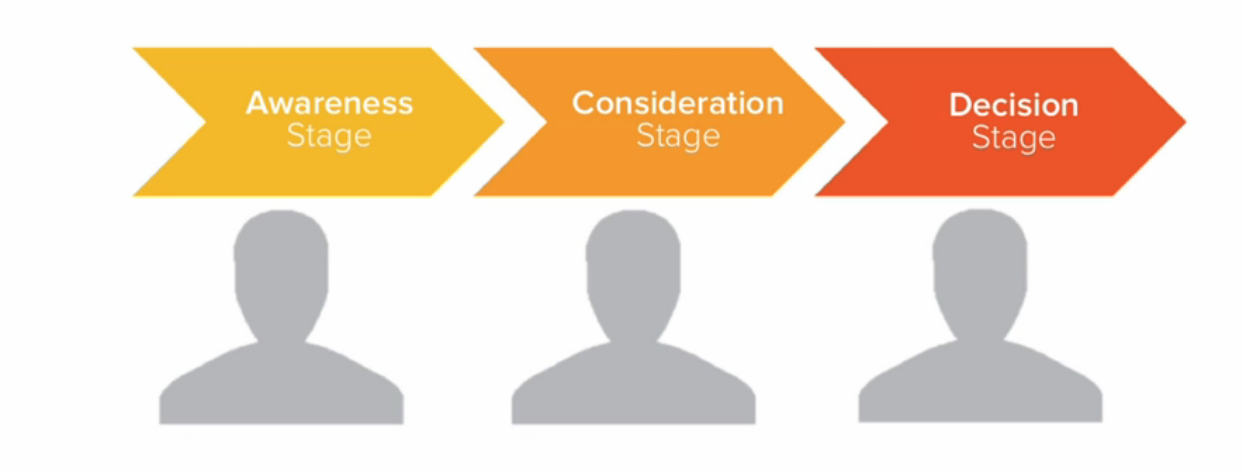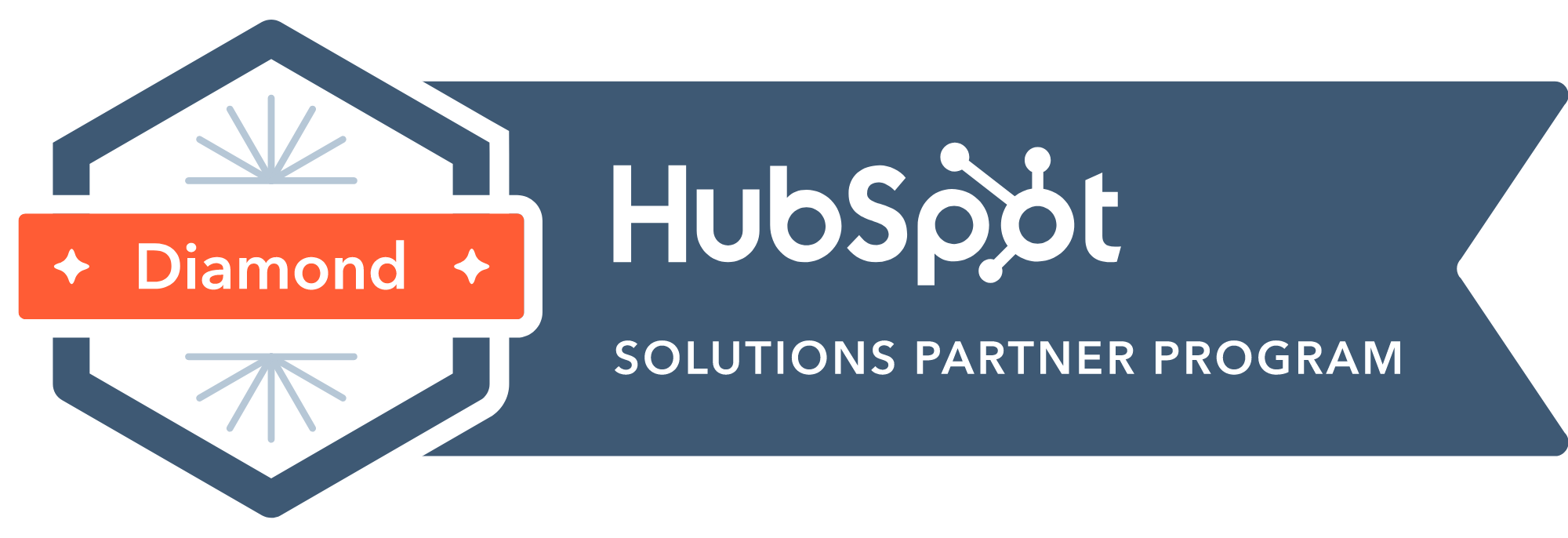Nobody wants to see their marketing budget go to waste. But you’re also on the hook for getting results, and getting them fast. How can you balance the need to safeguard your budget while driving bottom-line revenue?
Pay per click, or PPC, advertising is the best way to get thousands of eyes on your site in little time. And of the PPC options at your fingertips, none are more popular than Google Ads.
But there are hundreds of thousands of advertisers on Google Ads. Can brands carve out a space for themselves and get noticed? Absolutely! All it takes is the right strategy. Stop gambling with your budget and embrace a new approach to Google Ads: journey based advertising.

Why Google Ads?
Before we dive into the details of journey based Google Ads campaigns, it’s important to understand why brands go with Google Ads.
There’s nothing wrong with using other ad platforms, but Google deserves a place in your PPC mix. Brands get 3 benefits from Google Ads.
1. Instant results
We don’t have anything against SEO, but it can take months for organic strategies to pay off. Google Ads gets people on your site today. Plus, Google claims it can reach 90% of all people on the internet with its ads. If you need a surge of traffic to your site, Google Ads is where it’s at.
2. Advanced technology
Advertisers prefer Google Ads because it has advanced capabilities that other PPC platforms can’t touch. This includes features like:
- Remarketing: Engage again with past customers, cold leads, and potential customers with Google’s Display remarketing.
- AI-powered features: Smart Bidding and Responsive Search Ads (RSA) put the power of AI in your hands.
- Split testing: Google makes it simple to run tests and experiments with your campaigns so you can fine-tune your ads.
3. Budget adaptability
You don’t need a $10,000 budget to use Google Ads. The great thing about this platform is that you can get started with as little as $50 if you’re just running a retargeting campaign. You control how much you spend per click, per day, and per campaign.
Forging stronger ads that convert
Google Ads is a no-brainer for getting PPC results. But that doesn’t mean all advertisers get results from Google Ads. The platform isn’t to blame: more often than not, advertisers aren’t following Google Ads best practices. They’re pushing out spammy, sales-laden, “me me me” copy that turns customers away.
Google Ads are designed to target people when they’re looking for information. This is different than traditional advertising, which uses a spray-and-pray approach. Thanks to Google Ads, we can customize our ads based on intent. This is why generic, sales-heavy ad campaigns don’t perform well.
You don’t need to settle for mediocre ROI. When you let the buyer’s journey inform your ad campaign, you can bring the principles of inbound marketing to the world of outbound advertising.
This approach is called journey based advertising (JBA), and it focuses on buyer needs. You can still move people through the funnel, but in a more authentic way that acknowledges customer needs.
Marrying journey based advertising with Google Ads
JBA acknowledges that customers aren’t ready to buy when they’re Googling for information. Instead, it helps advertisers promote buyer’s journey stage-appropriate content that gets users to take the next step.
The key is to create content that doesn’t start with a hard sell. Instead, write ads tailored to the three stages of the buyer’s journey: Awareness, Consideration, and Decision. Don’t throw more money into an under-performing campaign. Instead, map the principles of JBA to your Google Ads campaign to get high ROI. Here’s how to make the magic happen.

1. Awareness
Awareness-stage users have just realized they have a problem. They become aware of your brand on a shallow level. In Google Ads, your potential audience will be the largest in the Awareness stage. Although your pool is larger, you still need to keep your campaign targeted; a shotgun approach here will still waste ad spend.
Set your Google Ads goal as either Brand Awareness or Website Traffic. Display Ads and YouTube Ads are affordable and effective for Awareness buyers. Plus, you’ll pay on a CPM (cost per thousand) pricing model, paying per thousand impressions instead of clicks. This will preserve your budget by getting more awareness in less time—for a lower ad spend.
2. Consideration
Consideration buyers have started doing their research. They’re comparing different solutions, reading reviews, and checking out your website. Educational content and comparisons work great for Consideration-stage buyers.
In Google Ads, set your campaign goal for Leads. This is great if you have gated content on your site for an email list. You can start remarketing on the Display Network or run YouTube Ads if your channel has valuable content. Search Network ads work well in the Consideration stage since you can start targeting intent by search queries.
Now’s the time to spend on a CPC (cost per click) basis. You’ve eliminated most of the uninterested users at this point, which means clicks are worth more to your brand at this stage.
You’ll also include a retargeting campaign in the consideration stage.
3. Decision
Remember the sales-heavy content you used to write for your campaign, before JBA? Don’t let it go to waste; now’s the time to whip out the hard sell. Decision stage buyers are ready to make a purchase. Promote content about your product features, sales, etc.
Your Google Ads campaign goal for the Decision stage should be Sales. You can do Search Network campaigns or even a Shopping campaign if you have an eCommerce store. Remarketing and Gmail ads are also effective.
If you have enough data, you want to bid on a CPA (cost per acquisition basis) in the decision stage. This way, you only pay when you get conversions or signups.
The bottom line
At first blush, advertisers think that outbound efforts like PPC have nothing to do with inbound. But as it turns out, we can take the principles of inbound and apply them to our Google Ads campaigns. journey based advertising is the key to driving bottom-line growth and giving our users a better experience.
Isn’t it time to sell the way you want to be sold to? Download this free guide to implement Journey Based Advertising for your brand.




